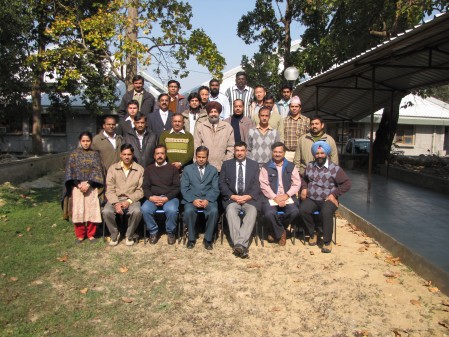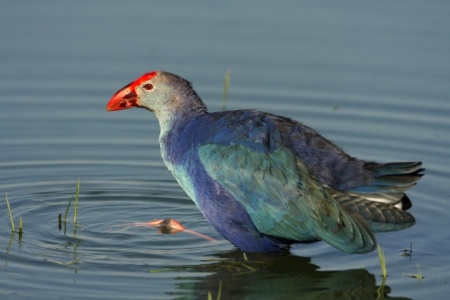Backdrop
We have a set of small lakes in the campus where I stay. I love taking a small bunch of kids of our campus around and we call ourselves the Painted Storks Nature Club. They love seeing birds but need to understand the environment more.
The wetlands of Pune, where our campus is located, are severely under threat. Since our lakes harbour many resident and migratory birds safely and since our lake system is a successful example of an articial wetland, numerous groups of school and college students, birdwatchers and nature lovers visit this pplace. As a friend, I like to guie them around telling things while showing the birds.
The article below lists my talking points to instil the concept of “Wetland”.
TALKING POINTS
-
What is a wetland? It is a place where the water covers the soil.
-
It is a kind of habitat. (Other types of habitat include, mountains, jungles, desert, grasslands, etc).
-
In CME itself besides wetland we have the following kinds of habitat –
-
Woodlands.
-
Gardens.
-
Farms.
-
Throny scrub.
-
Barren rocky area.
-
-
Types of wetlands include:
-
Swamps and marshes.
-
Streams and rivers.
-
Lakes and ponds.
-
Mangroves.
-
Temporary and permanent ponds.
-
-
We have the following waterbodies, guess which of these can be considered part of our wetlands:
-
Three lakes.
-
A number of ponds.
-
Nalas (sewage drains flowing in the open).
-
A 2.2 km long by 125 m wide manmade rowing channel.
-
A highly polluted river flowing along the periphery of our campus.
-
Quiet pools in disused quarries.
-
Small pools of water created by trapped rubble blocking outflow.
-
Seasonal temporary ponds and puddles.
-
Disused wells.
-
Lily ponds in gardens.
-
Water tanks storing water for fire-fighting.
-
-
Mostly wetlands are the interface between water ecosystems (aquatic ecosystems) and land ecosystems (terrestrial ecosystems).
-
In our campus we consider the interconnected lakes, ponds, marshes, nalas and the land adjoining immediately as part of one big wetland.
-
This wetland is clled the SARVATRA BIRD SANCTUARY.
-
Our wetland contains many birds but it also considers other kinds of life such as:
-
Plant life:
-
Plants on land e.g. Fig trees, Lantana bushes, Subabul trees.
-
Plants whose feet are in water eg Haldikunku plant, acquatic ipomea, bulrushes.
-
Plants which float in water e.g. Pistia (water lettuce), Eichhornia (water hyacinth).
-
Plants which float in water, e.g. Duckweed.
-
Plants which live in the water.
-
-
Animal life.
-
Birds such as cormorants, ducks, herons, kingfishers, swallows.
-
Small animals such as mongoose, palm civets, water monitor lizards, snakes.
-
Insect life, including insects which live on water, such as pond-skaters, or which have life cycles in water suchas mosquitoes and dragonflies.
-
Microscopic forms such as protozoans, plankton etc.
-
Snails.
-
Fresh water sponge.
-
Humans visiting the lake.
They all form part of the wetland ecosystem along with water, soil, air, and weather.
-
-
-
Why preserve wetlands?
-
If wetlands aren’t preserved, many different species of plants and animals would go extinct. This includes types of fish that lay their eggs in the wetlands and spend much of their time at sea. Due to this, the abundance of fish and other seafood would go down, greatly affecting fishing industries.
-
Wetlands are like filters for the water that go through them, clearing out toxins and making the water less polluted. They replenish the groundwater.
-
Many of the members towards the bottom of the food chain live in wetlands. If those are eliminated, many other ecosystems would go off balance.
-
Wetlands provide extra protection against floods, hurricanes, and other natural disasters.
-
Wetlands also provide fish, reed or building material, and peat for fuel.
-
They are a significant deterrent to flooding and drought.
-
Wetlands absorb water during wet periods ad release it during dry periods.
-
Freshwater wetlands have higher productivity than farmland, forests, grasslands and even marine seashore ecosystems. It supports maximum amount and maximum variety of life.







Recent Comments